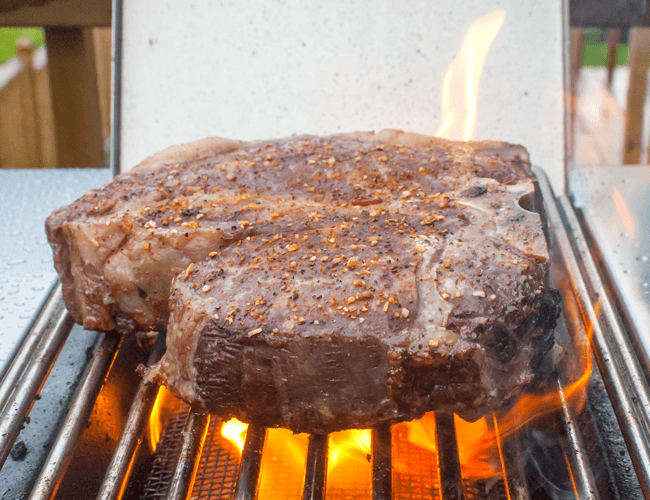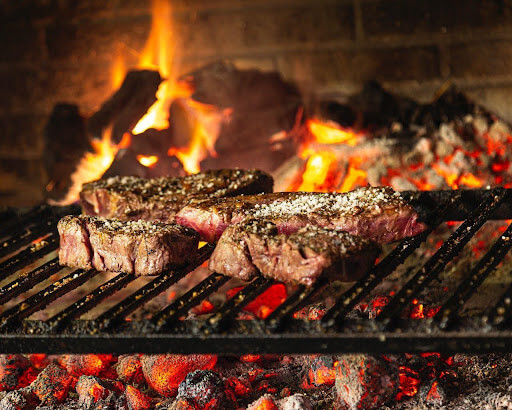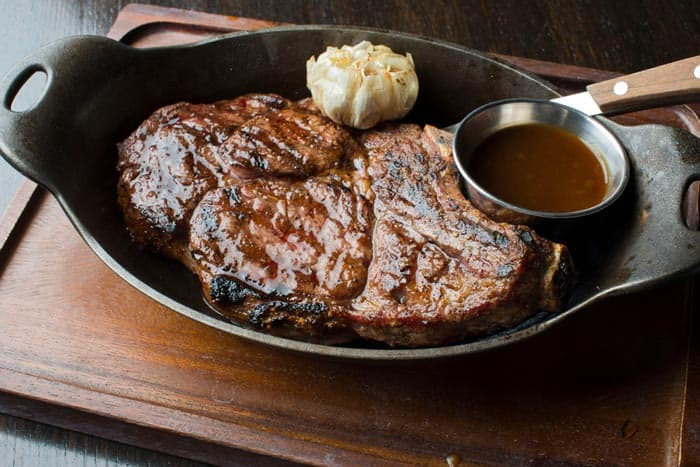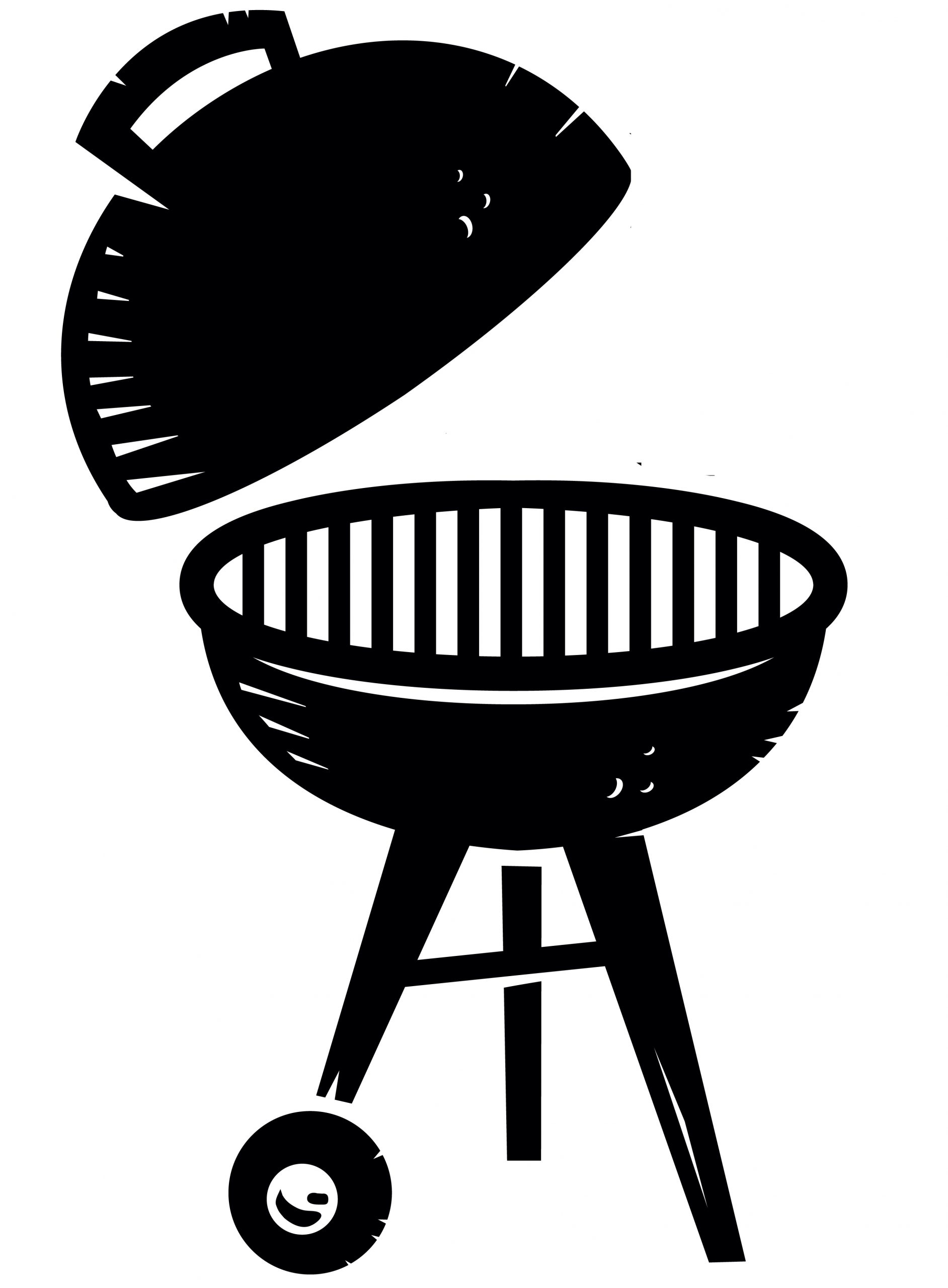The Maillard reaction is a fascinating chemical process that occurs when proteins and sugars in food interact at high temperatures, typically above 300°F (150°C). This reaction is the secret behind the golden crust on grilled meats, the rich aroma of toasted bread, and the complex flavors of roasted coffee. Unlike caramelization, which involves only the breakdown of simple sugars, the Maillard reaction is a complex interaction between amino acids and reducing sugars, resulting in a wide array of flavor compounds.
This reaction is responsible for the savory, umami-rich flavors that define grilled dishes. It occurs on the food’s surface under direct heat, delivering the distinctive taste, aroma, and color that make grilling so appealing.
How the Maillard Reaction Elevates Grilled Food
The Maillard reaction transforms proteins and sugars into a flavorful crust, locking in juices and creating a contrast between the caramelized exterior and the tender interior of grilled foods. Here's how it works in grilling:
- Temperature: High heat activates the Maillard reaction. Direct grill contact or radiant heat is essential for efficient browning.
- Dry Surface: Excess moisture prevents the Maillard reaction by keeping the temperature too low. Drying the food's surface ensures proper browning.
- Protein and Sugar Content: Foods rich in proteins and natural sugars, such as meats and certain vegetables, are ideal for maximizing the Maillard reaction.
Techniques to Maximize the Maillard Reaction While Grilling
Mastering the Maillard reaction requires a balance between achieving a crust and avoiding overcooking. Follow these proven techniques:
Preheat Your Grill Thoroughly
Ensure your grill reaches high temperatures before placing food on it. Preheated grates enable immediate browning, sealing in juices and forming a rich crust. Without preheating, food may cook unevenly, resulting in poor browning.
Pat Foods Dry
Before grilling, use paper towels to thoroughly dry the surface of meats and vegetables. Moisture prevents the high temperatures needed for the Maillard reaction and may lead to steaming instead of searing.

Apply Marinades Strategically
Marinades add flavor, but excess moisture can hinder browning. After marinating, pat food dry to facilitate the Maillard reaction. Opt for marinades containing amino acids or sugars, such as soy sauce or honey, but monitor closely to prevent burning.
Avoid Overcrowding the Grill
Overcrowding traps steam, reducing grill temperature and impeding browning. Leave space between items to allow proper airflow and maintain the high heat required for the Maillard reaction.
Sear First, Finish with Indirect Heat
For thicker cuts, such as steaks or pork chops, start with a high-heat sear to form a crust, then move to indirect heat to finish cooking. This method ensures a juicy interior while maximizing crust development.
Allow Meat to Rest
After grilling, let meat rest to redistribute juices, preserving the crust formed by the Maillard reaction. While resting doesn’t directly enhance browning, it ensures optimal texture and flavor.
Choosing the Right Tools for Enhanced Browning
Selecting quality grilling tools is critical for achieving an ideal Maillard reaction. Consider these options:
- Cast Iron Grates: Retain and distribute heat better than stainless steel, promoting superior crust formation. Always preheat thoroughly.
- Infrared Burners: Generate intense radiant heat, ideal for searing. After searing, shift food to indirect heat to complete cooking.
- Thermometers: Use an instant-read thermometer to monitor internal temperatures, ensuring food is perfectly cooked without overcooking.

Maillard Reaction vs. Caramelization: Key Differences
While both processes create browning, their effects and mechanisms differ:
- Maillard Reaction: Involves amino acids and sugars, producing savory, umami flavors. Common in meats and protein-rich foods.
- Caramelization: Involves the breakdown of sugars, creating sweet, nutty flavors. Common in fruits and vegetables with high sugar content.
Understanding these distinctions helps you achieve specific flavor profiles in your grilled dishes.

Conclusion
Grilling is as much about science as it is about technique, with the Maillard reaction at its heart. By mastering this process, you can create deeply flavorful and beautifully browned dishes. Focus on high heat, maintain dry surfaces, and use the right tools to elevate your grilling game. With these tips, you’ll consistently produce restaurant-quality results, impressing with every savory bite.
